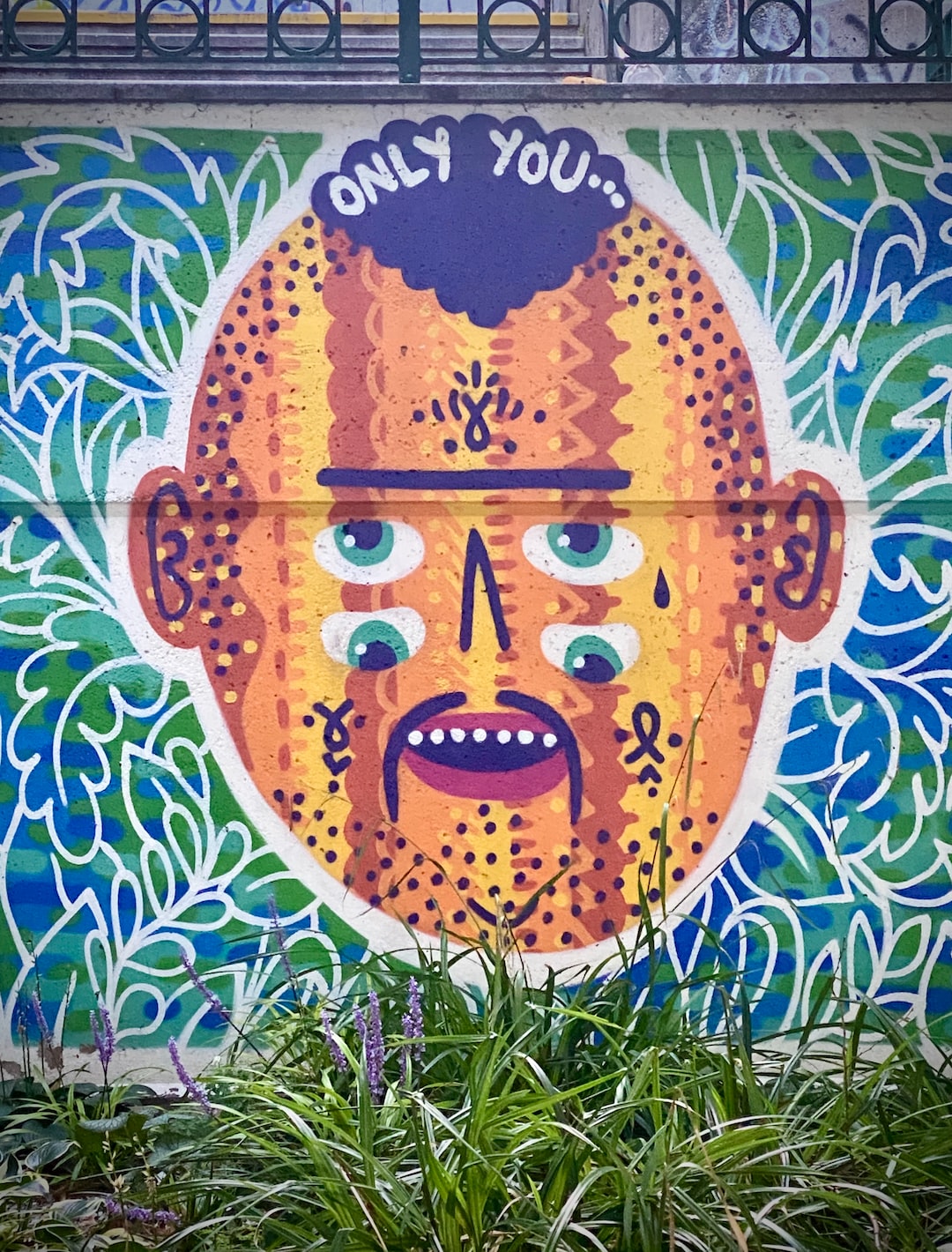Unveiling the Beauty of Islamic Art: Geometry, Calligraphy, and Architecture
Islamic art is a treasure trove of beauty and intricacy, with its roots dating back to the 7th century. It encompasses a wide array of artistic expression, ranging from calligraphy, geometric patterns, and architectural marvels. These elements not only serve as a visual feast but also carry deep philosophical and spiritual significance.
One of the most prominent features of Islamic art is its emphasis on geometry. Islamic artists employ mathematical precision to create intricate patterns that captivate the eye and evoke a sense of harmony. Geometric patterns are a recurring motif in Islamic architecture, textiles, ceramics, and even book covers.
The use of geometric patterns in Islamic art stems from a rich cultural and religious heritage. In Islam, the belief in the unity of God is deeply ingrained, and geometric patterns symbolize the divine order and unity in the universe. These patterns also reflect the Islamic concept of infinity, as they can be extended infinitely without any breakage. By employing geometry, Islamic art aims to convey the notion of transcendence and the eternal nature of God.
One remarkable example of geometric beauty in Islamic art is the star and polygon patterns found in the Alhambra palace in Granada, Spain. The intricate interlocking of shapes creates a mesmerizing effect that transports visitors to a world of symmetry and harmony. This architectural masterpiece is not only aesthetically pleasing but also serves as a meditative space, enabling individuals to connect with a higher power.
Calligraphy is another prominent form of artistic expression in Islamic art. The Arabic script is regarded as a sacred medium for transmitting the word of God, as the Quran, the holy book of Islam, is written in Arabic. Calligraphy in Islamic art is not merely a decorative element but a form of devotion, representing a visual representation of the divine word.
Islamic calligraphy embraces various scripts, including Kufic, Naskh, and Thuluth. Each script has its own distinct style and purpose, enriching the artistic landscape. The skilled calligraphers devote years to mastering this art form, as they strive to create harmonious compositions that reflect the beauty of the sacred text.
The complex nature of calligraphy lies in its ability to intertwine visual aesthetics with deep philosophical meaning. The lines and curves of the letters convey not only the literal meaning of the text but also the emotions and spiritual significance associated with it. Calligraphy has the power to evoke a sense of tranquility and awe, enabling individuals to immerse themselves in the beauty of the divine word.
In addition to geometry and calligraphy, Islamic art is renowned for its magnificent architecture. Mosques, mausoleums, and palaces stand as testament to the architectural brilliance of Islamic civilizations. The most well-known example is the Great Mosque of Cordoba in Spain, with its horseshoe arches, intricate mihrab, and stunning courtyards.
Islamic architecture reflects a fusion of various influences, including Persian, Byzantine, and Roman styles. However, it has its own unique characteristics, such as the emphasis on symmetry, the use of ornate tile work, and the incorporation of geometric patterns. These architectural marvels serve not only as places of worship but also as cultural landmarks that convey the grandeur and sophistication of the Islamic civilization.
Islamic art, with its emphasis on geometry, calligraphy, and architecture, offers a glimpse into a rich and vibrant cultural heritage. It transcends time and space, serving as a bridge between the past and the present, reminding us of the beauty that lies within diversity.
Islamic art not only captivates the eye but also nourishes the soul. It invites individuals to contemplate the divine order and the interconnectedness of all things. Through its harmonious compositions, Islamic art speaks to the universal desire for beauty, order, and transcendence.
In a world where divisions can often overshadow commonalities, exploring the beauty of Islamic art can serve as a unifying force, reminding us of our shared humanity and the innate appreciation for beauty that resides within us all. So, dive into the world of Islamic art, let its geometric patterns, calligraphy, and architectural wonders transport you to a realm of tranquility and awe.

